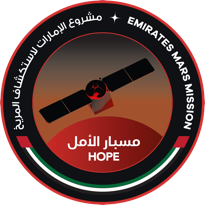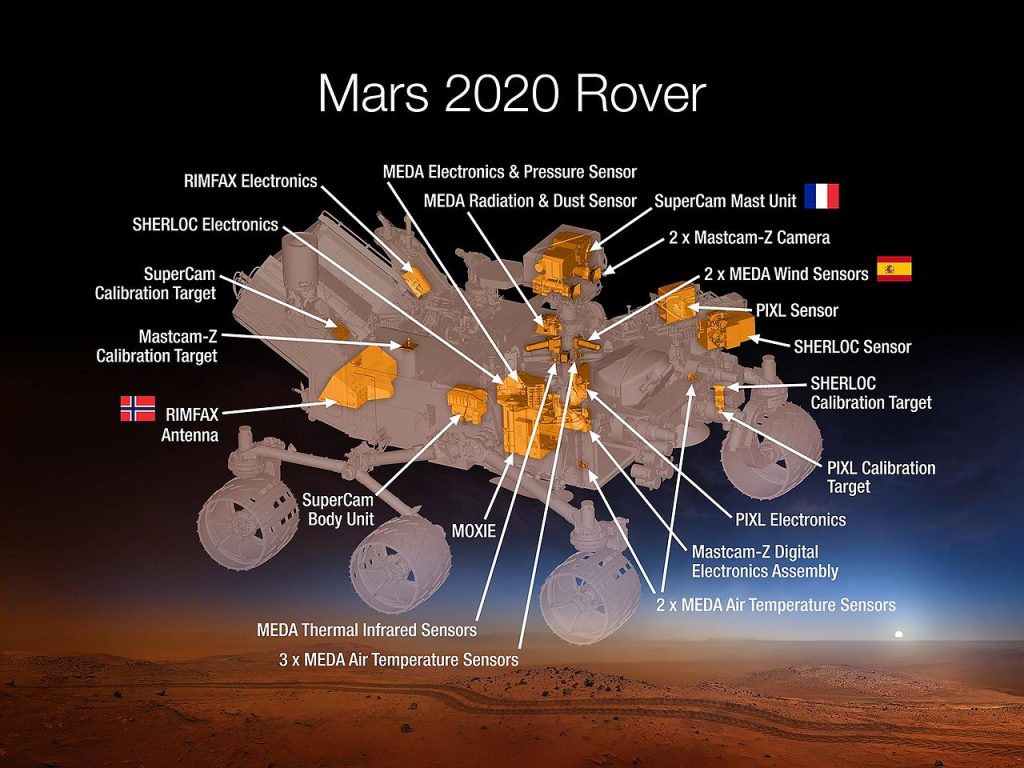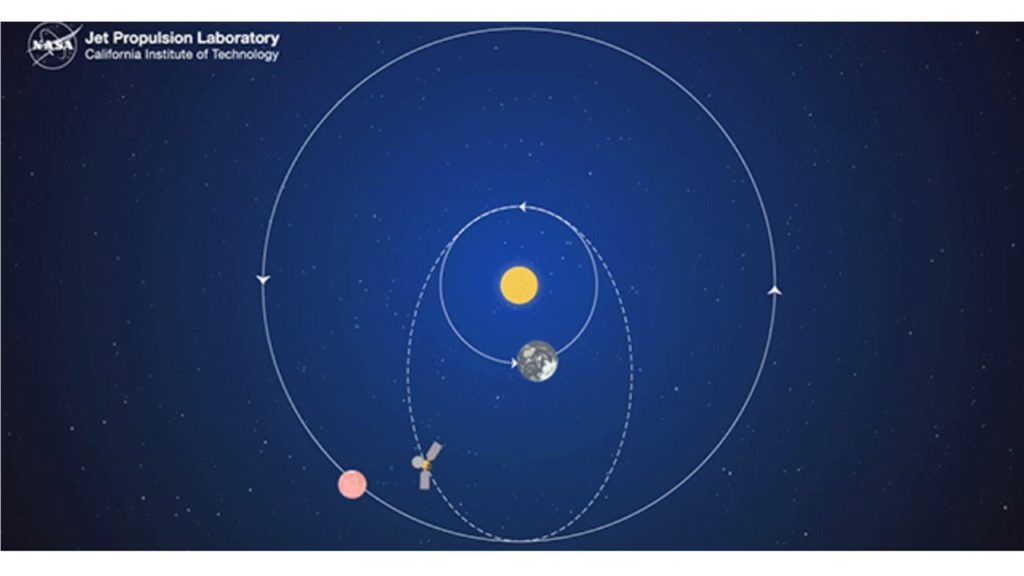Alvo: Marte
Estamos em plena época de “caça” a Marte. Ou seja, no momento ideal de proceder ao lançamento de sondas a caminho do planeta vermelho – nas palavras usadas no meio, em plena janela de lançamento. E assim veremos nas próximas semanas três sondas a deixar a Terra e a aventurarem-se pelo espaço fora.

A primeira missão árabe a outro planeta, a Al-Amal, ou Esperança, partiu de Tanegashima, a ilha meridional do Japão onde se situa o centro de lançamentos nipónico. É um futuro satélite marciano que manterá a atmosfera do planeta sob estreita vigilância. Chegará a Marte a tempo de celebrar os 50 anos dos Emirados Árabes Unidos. Mais informação sobre ela pode ser obtida aqui e aqui.
Daqui a poucos dias partirá a Tianwen-1, que, se descontarmos a colaboração na malfadada missão russa Phobos-Grunt, onde seguia um orbitador chinês, será a primeira missão do gigante asiático a Marte. É composta por um orbitador e um módulo que levará um pequeno rover até à superfície marciana. Os instrumentos científicos incluem câmaras, espectrómetros, magnetómetros, radares… Esperemos que corra bem.

Por fim, seguirá para Marte o novo rover americano, o Perseverance. Embora parecido com o Curiosity, é um veículo mais sofisticado, que terá entre outras a missão de colher (e documentar) amostras de rochas e solo marcianos para serem enviadas no futuro para a Terra, por outra missão. Levará (por fim!) microfones até Marte. E servirá de base a um pequeno helicóptero, o Ingenuity.
Mas como farão estas máquinas para alcançar Marte? Porque é que vão levar tantos meses a chegar a Marte? Porque é que existem alturas específicas em que os lançamentos devem ser feitos? Bem, este pequeno filme explica um pouco da mecânica das viagens entre o terceiro e o quarto planetas do Sistema Solar.

Melhor ainda, quem quiser aprofundar um pouco a questão (e criar uma aula sobre o tema) pode seguir este plano e explicações, cortesia do JPL. Já não há desculpa para não planear a sua própria missão a Marte!
It’s Mars season again! Which means this is the ideal moment to send your probes to the red planet – in the words used in the business, the launch window is open. Thus, we will see, in the coming weeks, three probes leaving Earth and venturing out into deep space.

The first arab mission to another planet, Al-Amal, or Hope, has departed from Tanegashima, the southern island where the Japanese launch centre is located. It s a future martian satellite that will keep a close watch over the atmosphere of the planet. It will reach Mars in time to celebrate the 50 years of the United Arab Emirates. More info about this mission can be found here and here.
In a few days, Tianwen-1 will leave the Earth. If we dismiss the Chinese orbiter that was included in the unlucky Russian mission Phobos-Grunt, this will be the first martian mission of the Asian giant. It includes and orbiter and a lander that will carry a small rover to the martian surface. The scientific payload includes cameras, spectrometers, magnetometers, radars… Let’s hope all goes well.

Finally, the new American rover, Perseverance, will depart for Mars. Though it is very similar to Curiosity, it’s a more sophisticated vehicle, that will have, among others, the task of collect (and document) samples of martian rocks and soil to be sent to Earth in the future, by another mission.It will take (finally!) microphones to Mars. And it will also carry a small helicopter, Ingenuity.
How will all these machines get to Mars? Why will they take so many months to reach the planet? Why are there specific points in time to go ahead with the launches? Well, this short movie explains a bit of the mechanics of traveling between the third and fourth planets of the Solar System.

Better still, whoever wants to dig deeper into the subject (and, for instance, create a lesson about it), can follow this plan and indications, courtesy of JPL. No more excuses, you can now start planning your own mission to Mars!


Leave a Reply